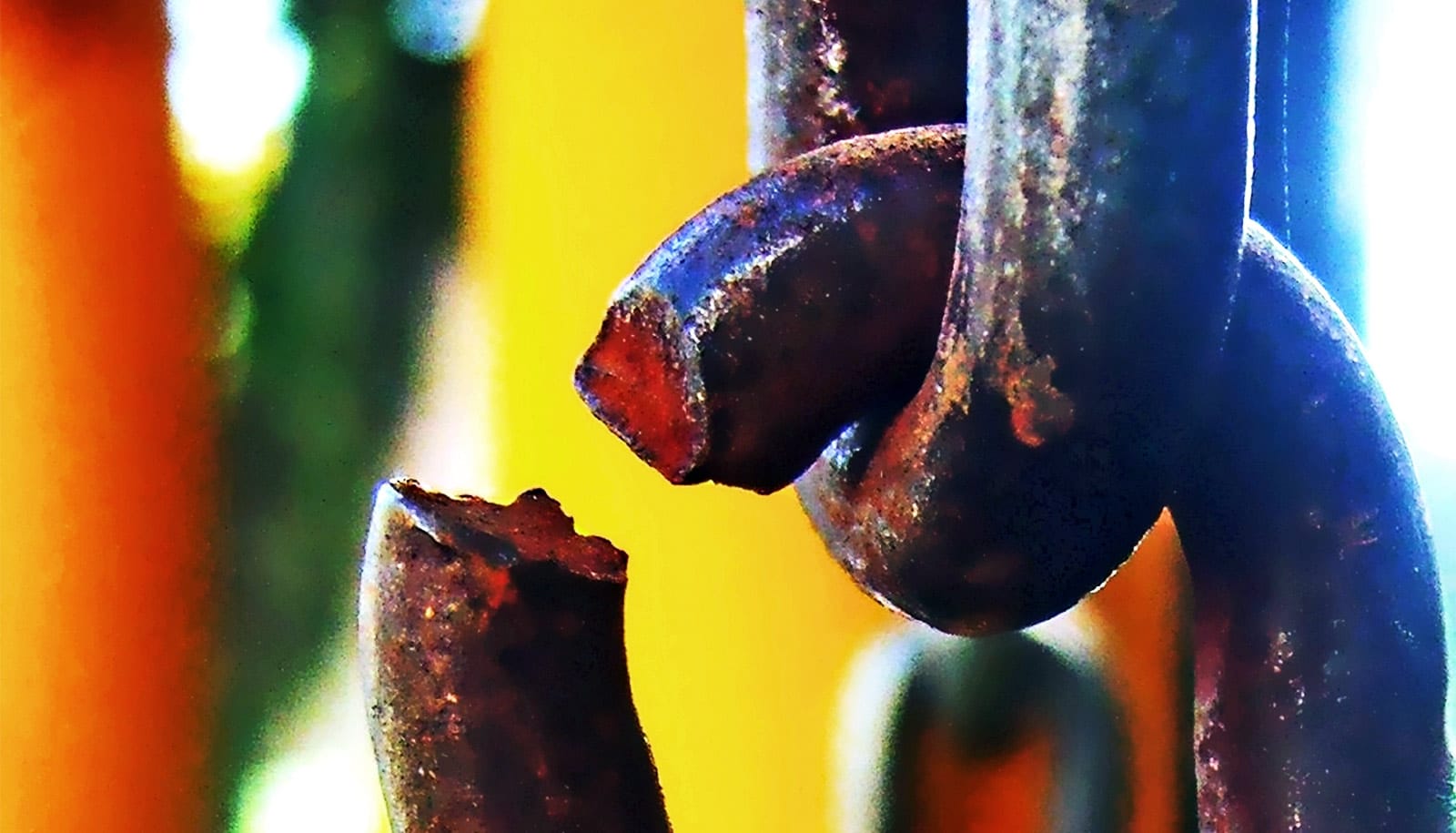Why is the United States experiencing a lumber shortage? An expert has answers.
Throughout the COVID-19 pandemic, the United States has experienced shortages of medical materials, manufacturing products and even consumer goods like toilet paper and hand sanitizer. Now a lumber shortage is gripping the country, causing prices to skyrocket.
Lumber prices hit an all-time high of $1,686 per thousand board feet in May, an increase of 406% from the $333 it was trading at the same time last year. As a result, the price of a new single-family home has increased by nearly $36,000, according to the National Association of Home Builders.
Here, Robert Bardon, a professor of forestry and environmental resources at North Carolina State University, and associate dean for extension at the College of Natural Resources, explains what’s causing the lumber shortage and the importance of lumber to the economy:
What is causing the lumber shortage and price surge?
The lack of lumber available in stores is less to do with a shortage of trees or, even lumber production. What is driving the increase in lumber prices are recent convergence of Canadian lumber tariffs, increase in demand for home remodeling and building of homes brought on by the pandemic, and hiccups in supply related to transportation.
At the beginning of the pandemic demand for lumber was slightly down and mill inventories were down, but in the spring of last year we saw people move on home improvement projects, purchase a home or build a new home, causing an increase in demand for lumber.
The industry, impacted by the pandemic, had to adjust their operations, which at first slowed production, resulting in less supply. The lack of transportation to move the lumber from the mills to the dealers is also playing a role in increasing lumber prices. The pandemic reduced the number of drivers and impacted rail transportation, making it difficult for mills to ship lumber to the dealers.
When is the lumber shortage likely to end?
As we come out of the pandemic we should see lumber prices drop to more normal levels, similar to what we saw before the pandemic. This will be most likely due to an increase in available supply as we overcome transportation issues and mills continue to produce lumber.
Have similar lumber shortages and price surges occurred in the past?
I am unaware of similar surges in lumber prices like the ones we’re seeing now.
Why is lumber important to the economy, especially in North Carolina?
The production of lumber is important to North Carolina’s economy, in that lumber production is part of the forest sector, which is a major contributor to North Carolina’s economic well-being. In 2019, the forest sector in North Carolina contributed $34.9 billion in industry output to the North Carolina economy, supporting more than 148,000 full-time and part-time jobs with a payroll of about $8.4 billion. The forest sector continues to be the top employer among manufacturing sectors in the state.
Can you explain the supply chain cycle for lumber?
In North Carolina, forest covers about 18.1 million acres of land, which is approximately 58% of North Carolina’s land area. Ownership of these forests can be divided into three ownership groups: Non-industrial private ownership, which owns 75% of the forest; governmental ownerships, which own 18% of the forest; and private industry ownerships, which own 7% of the forest. It is the private ownerships in which over 95% of the timber is harvested.
Of the timber harvested approximately 43% is harvested for producing lumber. The remaining timber harvested is used in making other value-added products, such as paper, veneer, composites, and bioenergy. A typical supply chain cycle involves the timber owner, the buyer, the logger, and the mill. The timber owner may sell the timber by themself, or they may seek the assistance of a consulting forester. The timber is sold either through a lump sum sale process or on a per unit bases, depending on the sale conditions.
Sale notices are sent to potential timber buyers, who may work directly for the mill or may be independent. Once a timber buyer purchases the trees they then line up a logger to harvest the trees. As the logger harvest the trees they are brought to an area in the forest where the trees are processed into logs and are sorted based on the products they can produced. The logs are sorted and loaded on to trucks to be shipped to the mill to be processed into value-added products such as lumber.
Source: Andrew Moore for NC State



